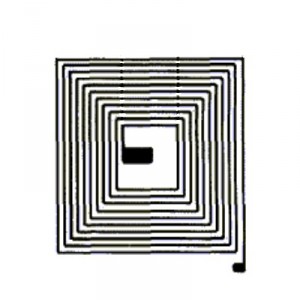The inductance coil as a radio-electronic element is quite common. Sometimes not replaceable, for tuning many radio receivers and is used in many devices. It should be noted that exclusive things, sometimes do not get exclusive coils, so it is necessary to know not only the device coil inductance, and formulas for its calculation, but also to be able to master the coil inductance on their own. In this article, any novice radio amateur will find a couple of useful tips.
Inductance coil:
By their design inductance coils are very different, the thickness of the wire, the number of turns, the method of winding, the presence of a core — all this affects the inductance of the coil Figure 1,2.

In case you need a small inductance, you can even make it flat Figure 2. For example, you can etch it directly onto the board.

How to wax an inductance coil:
When assembling a circuit that has an oscillating circuit, tuning a radio receiver or transmitter (whatever), or making any other circuit (winding high-voltage coils, for example). You need to adjust the spacing between the turns of the coil. When you have adjusted your circuit, then to avoid undesirable changes in the coil parameters due to mechanical displacement of coils, you just need to fill the coil with ordinary wax or paraffin (if the coil is not heated) Figure 3.

You can fill the coils with epoxy or silicone — it all depends on what conditions you want your inductance coil to work in. And what you have on hand. In the case of wax (paraffin), it will be enough to melt it and just wait for it to cool down before dipping the inductance coil into it.

